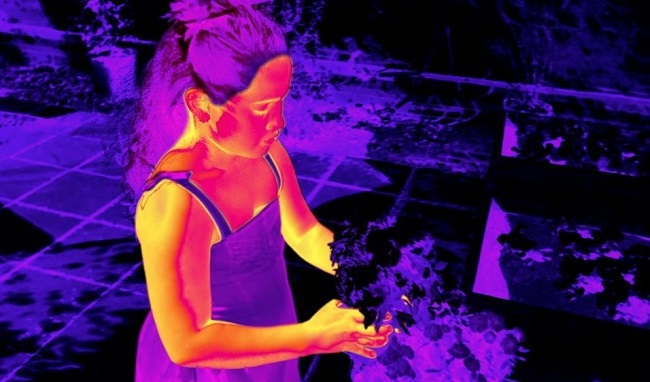A Sino-U.S. joint research project has enhanced the vision of mice by using nanotechnology to make them see infrared light and visible light, which could lead to applications for humans to have infrared vision in the future.

The research was led by Xue Tian and Bao Jin of the University of Science and Technology of China and Han Gang of the University of Massachusetts Medical School.
The results were published in the international science journal of Cell.
According to Jin, humans and other mammals are limited to seeing a visible light range, but infrared radiation with wavelengths shorter or longer than the range of visible light cannot be perceived by human eyes.
The scientists injected nanoparticles into mice’s eyes, giving them infrared vision for up to 10 weeks, as the nanoparticles can absorb infrared light and convert it into green coloured visible light.
Jin said the researchers believe they can fine tune the bio-integrated technology so that it suits human eyes, and the injection process has little side effects.
The technology can not only generate super vision but also provide a therapeutic solution in human red colour vision deficits.
Currently, infrared technology relies on detectors and cameras with outside power sources to obtain infrared images, as people, animals and objects emit infrared light as they give off heat.
The new nanotechnology has potential application in a number of fields including security and military operations, according to the scientists.
